Understanding the Foundations of Peacekeeping
At its core, peacekeeping represents an incredibly complex ballet of diplomacy, militarism, and humanitarian aid. Rooted in the aftermath of World War II, the concept has evolved from merely observing ceasefires to encompassing a broad range of activities aimed at the long-term stabilization of post-conflict regions. Peacekeeping is often thought of as a monolithic endeavor, but in reality, it's a rich tapestry of missions each with their unique challenges and objectives. From landmark operations like the United Nations Emergency Force in the Suez Canal in 1956 to contemporary missions in Mali and South Sudan, each effort underscores the multifaceted nature of maintaining peace.
The underpinning philosophy of peacekeeping hinges on three core principles: the consent of the parties involved in the conflict, impartiality, and non-use of force except in self-defense or defense of the mandate. These principles guide the actions and decisions of peacekeeping forces, even as they navigate the murky waters of international politics and local dynamics. Despite the ideals, the reality often presents a complex scenario where these principles are tested against the pragmatics of conflict resolution.
One important aspect of understanding peacekeeping is recognizing its limitations and capacities. It's not a tool for enforcing peace but rather for creating a space where peace can be negotiated and eventually take root. In this light, the roles of peacekeepers expand beyond military duties to include facilitating political processes, protecting civilians, assisting in disarmament, and supporting in the enforcement of rule of law.
The Challenges of Modern Peacekeeping
The landscape of global conflict has dramatically changed in the last few decades, and with it, the challenges facing peacekeeping missions. Gone are the days of primarily state-to-state conflicts; today, peacekeepers often find themselves navigating a complex web of non-state actors, including rebel groups, terrorists, and criminal organizations. This shift has necessitated a reevaluation of strategies and tactics, as traditional peacekeeping models struggle to adapt to the asymmetrical nature of modern warfare.
Funding and resources remain a perennial challenge. Despite their critical roles, peacekeeping missions often suffer from financial constraints that hinder their operational capacity. The cost of peacekeeping has soared, with the United Nations peacekeeping budget reaching billions annually. Yet, it's often insufficient against the backdrop of expanding mandates and the increasing cost of operations. This financial strain impacts everything from troop numbers to the availability of essential equipment and the ability to implement long-term development and stabilization programs.
Another significant hurdle is the political context within which these missions operate. Peacekeeping efforts are invariably influenced by the politics of the countries contributing troops, those hosting missions, and the international community at large. This can lead to complex situations where the objectives of the peacekeeping mission may be at odds with the interests of powerful state actors or where missions are constrained by the reluctance of host nations to fully cooperate.
Strategies for Effective Peacekeeping
Given these challenges, it's clear that effective peacekeeping requires more than just boots on the ground. It calls for a holistic approach that combines military, political, and humanitarian efforts. Central to this approach is the concept of integrated missions, where different components of the peacekeeping operation work together towards a common goal. This integration facilitates coordination and enhances the overall effectiveness of the mission.
Technology plays an increasingly pivotal role in modern peacekeeping. From drones that monitor ceasefire lines to advanced communication systems that facilitate coordination among troops, technological advancements have the potential to significantly strengthen peacekeeping capabilities. Embracing these technologies, while also addressing concerns around their use, is a key strategy for contemporary missions.
At the heart of successful peacekeeping, however, is the understanding and engagement with the local population. Building trust and legitimacy among the communities affected by conflict is crucial. This involves not only protecting civilians but also listening to their needs and concerns, a factor often overlooked but critical to the sustainability of peace efforts. Community engagement strategies, cultural sensitivity, and conflict resolution mechanisms developed in close collaboration with local populations can pave the way for lasting peace.
The Impact of Peacekeeping on Global Security
Despite the challenges, evidence suggests that peacekeeping missions have had a positive impact on global security. Studies indicate that peacekeeping missions significantly reduce the chances of a conflict reigniting and contribute to a decrease in civilian casualties. Furthermore, by assisting in the disarmament, demobilization, and reintegration of former combatants, peacekeeping operations help to break the cycle of violence and aid in the transition towards stable governance.
However, the success of these missions is not uniform, and their impact can vary greatly depending on a multitude of factors. The effectiveness of a mission can hinge on the level of international support it receives, the clarity and feasibility of its mandate, and its ability to adapt to changing circumstances on the ground. Moreover, the long-term success of peacekeeping efforts is often dependent on their ability to address the underlying causes of conflict, including poverty, inequality, and governance issues.
Critiques and Future Directions of Peacekeeping
No exploration of peacekeeping would be complete without acknowledging the critiques. Incidents involving abuse or exploitation by peacekeepers, though significantly outnumbered by the acts of bravery and sacrifice, cast a long shadow over the reputation of peacekeeping missions. Addressing these issues head-on, ensuring accountability, and improving vetting and training processes for peacekeeping personnel are essential steps towards restoring trust and effectiveness.
Looking to the future, peacekeeping must continue to evolve. This involves not only adapting to the changing nature of conflict and leveraging new technologies but also enhancing the engagement with regional organizations and exploring innovative funding mechanisms. Increasing the participation of women in peacekeeping efforts and ensuring a gender-sensitive approach to peacebuilding are also crucial aspects of modernizing peacekeeping initiatives.
The Unseen Heroes of Peacekeeping
At its heart, peacekeeping is about the men and women who serve under the blue flag with a commitment to making the world a safer place. Their stories, often untold, are a powerful testament to the human capacity for compassion and resilience. Beyond the geopolitics and strategic calculations are the individual acts of bravery and dedication that daily contribute to the pursuit of peace.
In the end, peacekeeping is an imperfect tool in an imperfect world. But in its best moments, it offers a glimpse of what humanity can achieve when it comes together to heal and build. The path towards peace is fraught with obstacles, but it's a journey worth taking. As we look ahead, the lessons learned from past and present peacekeeping missions will undoubtedly shape the future of this noble endeavor.
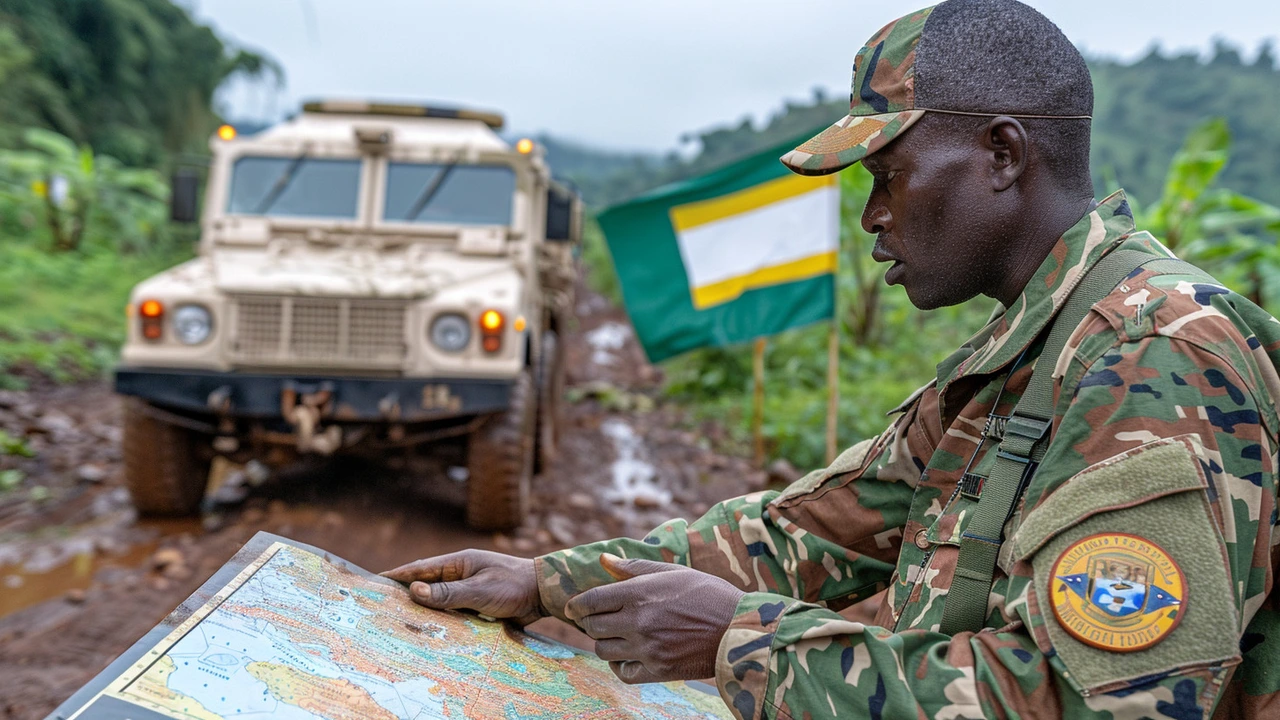

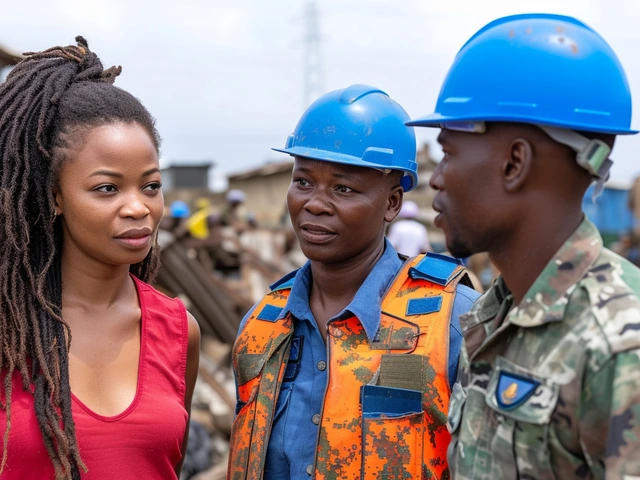
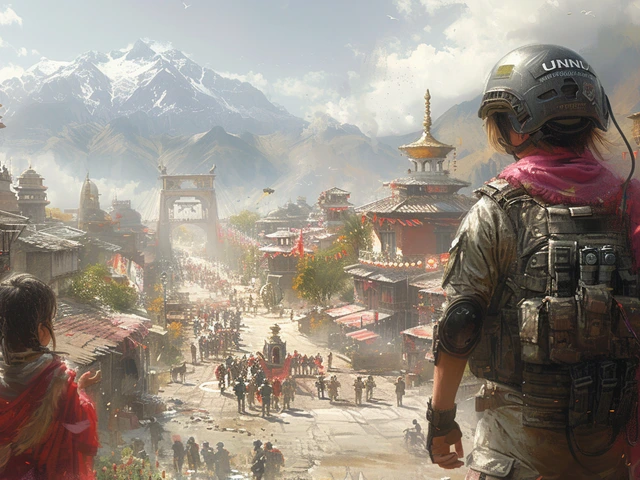
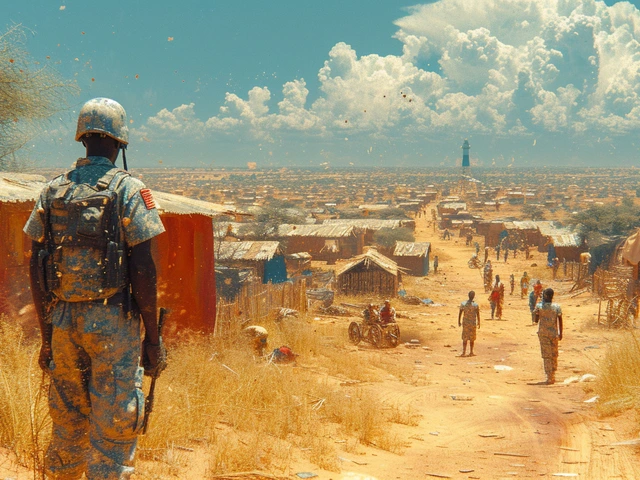
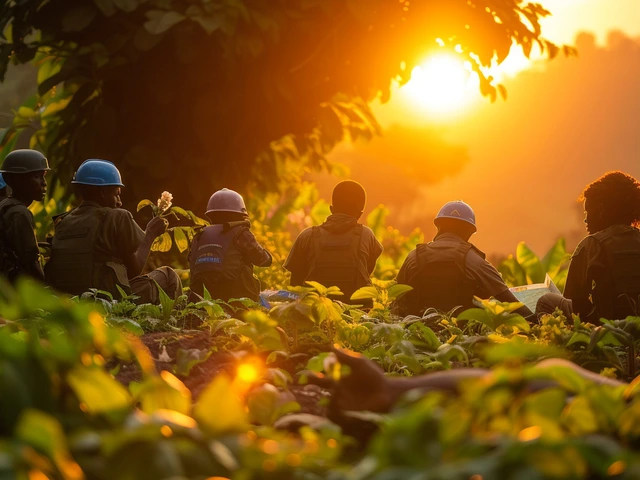
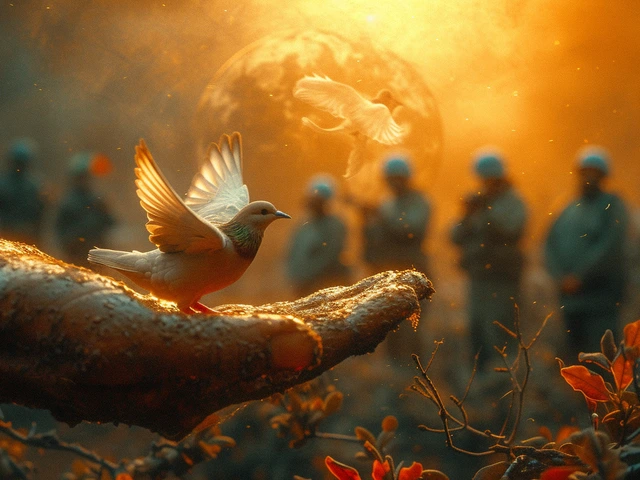

Write a comment